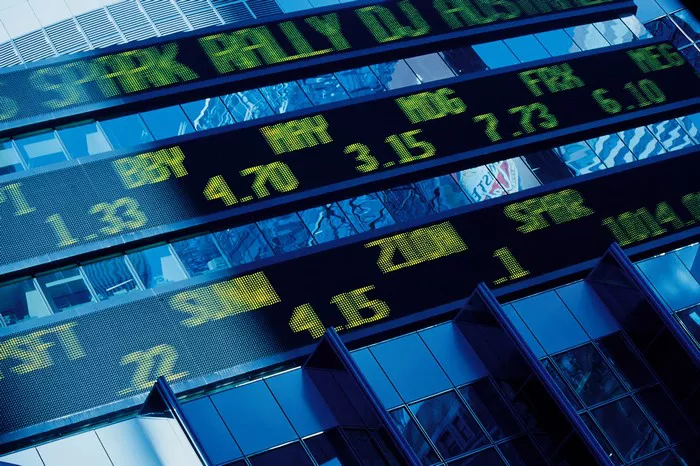Tracking Dow Futures is an essential skill for investors and traders looking to stay informed about the direction of the stock market. As the most widely recognized stock index in the world, the Dow Jones Industrial Average (DJIA) acts as a barometer for the overall health of the U.S. economy. In this article, we will delve into the intricacies of tracking Dow Futures, discussing the importance of futures markets, available platforms for monitoring futures data, and key factors to consider when interpreting Dow Futures. By understanding these elements, investors can make informed decisions and gain an edge in their trading strategies.
The Significance of Futures Markets
Futures markets play a pivotal role in providing investors with insights into the future direction of stock indices such as the DJIA. Tracking Dow Futures offers several advantages, including:
-
Early Indication of Market Sentiment
By analyzing futures contracts, investors can gauge market sentiment before regular trading hours. Futures markets operate around the clock, allowing traders to identify trends and make informed decisions even when the stock market is closed.
-
Risk Management
Futures markets enable investors to hedge their positions and manage risk. By tracking Dow Futures, traders can assess potential market movements and take appropriate actions to protect their portfolios.
-
Global Market Influence
The Dow Jones Industrial Average has a global impact, and tracking Dow Futures provides insights into how international events, economic data releases, and geopolitical developments may influence the stock market.
Platforms for Tracking Dow Futures
To track Dow Futures effectively, investors can utilize various platforms that provide real-time futures data. Some popular options include:
-
Financial News Websites
Prominent financial news websites like Bloomberg, CNBC, and Reuters offer real-time futures quotes and market analysis. These platforms provide a comprehensive overview of the market sentiment, key economic indicators, and expert opinions.
-
Brokerage Platforms
Many brokerage firms offer their clients access to futures trading and provide dedicated platforms for tracking futures contracts. These platforms often include advanced charting tools, customizable watchlists, and real-time market data.
-
Futures Exchanges
The futures exchanges themselves, such as the Chicago Mercantile Exchange (CME) and the Intercontinental Exchange (ICE), offer their own platforms for tracking Dow Futures. These platforms provide in-depth data, order book information, and other essential features for active futures traders.
Key Factors for Interpreting Dow Futures
Interpreting Dow Futures requires a solid understanding of various factors that can impact the market. Consider the following elements when analyzing futures data:
-
Market Hours
Dow Futures have specific trading hours that differ from regular stock market hours. The pre-market session begins at 4:00 a.m. ET and continues until the stock market opens at 9:30 a.m. ET. After-hours trading extends from 4:00 p.m. to 8:00 p.m. ET. Pay attention to these timings to align your trading strategy accordingly.
-
Economic Data Releases
Economic indicators, such as employment reports, GDP figures, and inflation data, can significantly influence Dow Futures. Anticipating and analyzing these data releases allows traders to assess the market’s reaction and adjust their strategies accordingly.
-
Global Events and News
Political developments, international trade relations, and major news events can impact Dow Futures. Stay informed about global events and how they may affect market sentiment.
-
Technical Analysis
Applying technical analysis techniques to Dow Futures charts can provide insights into potential trends and support/resistance levels. Utilize indicators, patterns, and trendlines to identify possible entry and exit points.
-
Volatility Index (VIX)
Also known as the fear gauge, the VIX measures market volatility. Monitoring the VIX alongside Dow Futures can provide a better understanding of market sentiment and potential price swings.
Conclusion
Tracking Dow Futures is a crucial aspect of staying informed about the stock market’s future direction. By recognizing the significance of futures markets, utilizing appropriate platforms for data tracking, and considering key factors for interpretation, investors can make more informed decisions and improve their trading strategies. Remember, tracking Dow Futures requires continuous learning, adapting to changing market conditions, and using a comprehensive approach to analyze the multitude of factors that impact market sentiment. With dedication and knowledge, investors can gain a competitive edge and navigate the dynamic world of stock market trading.


